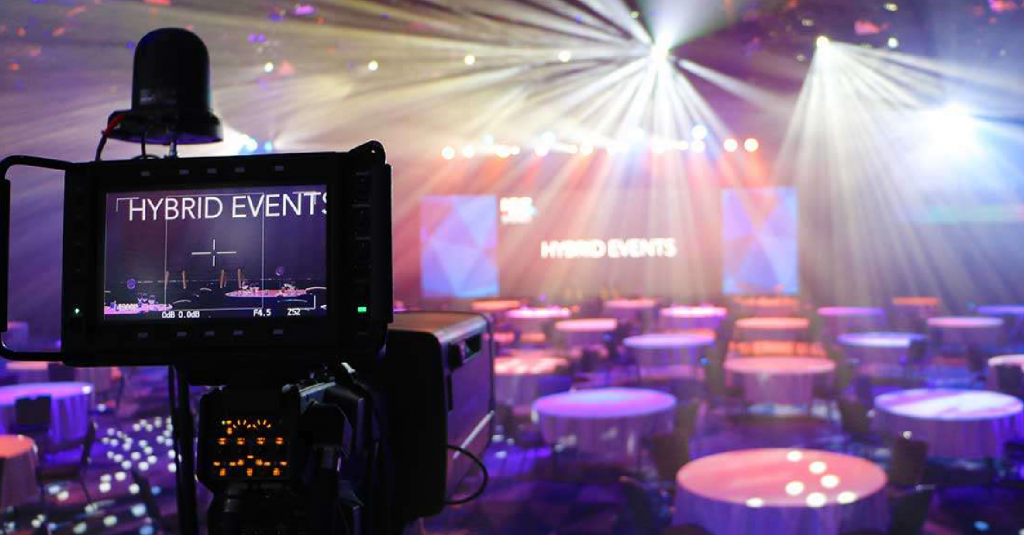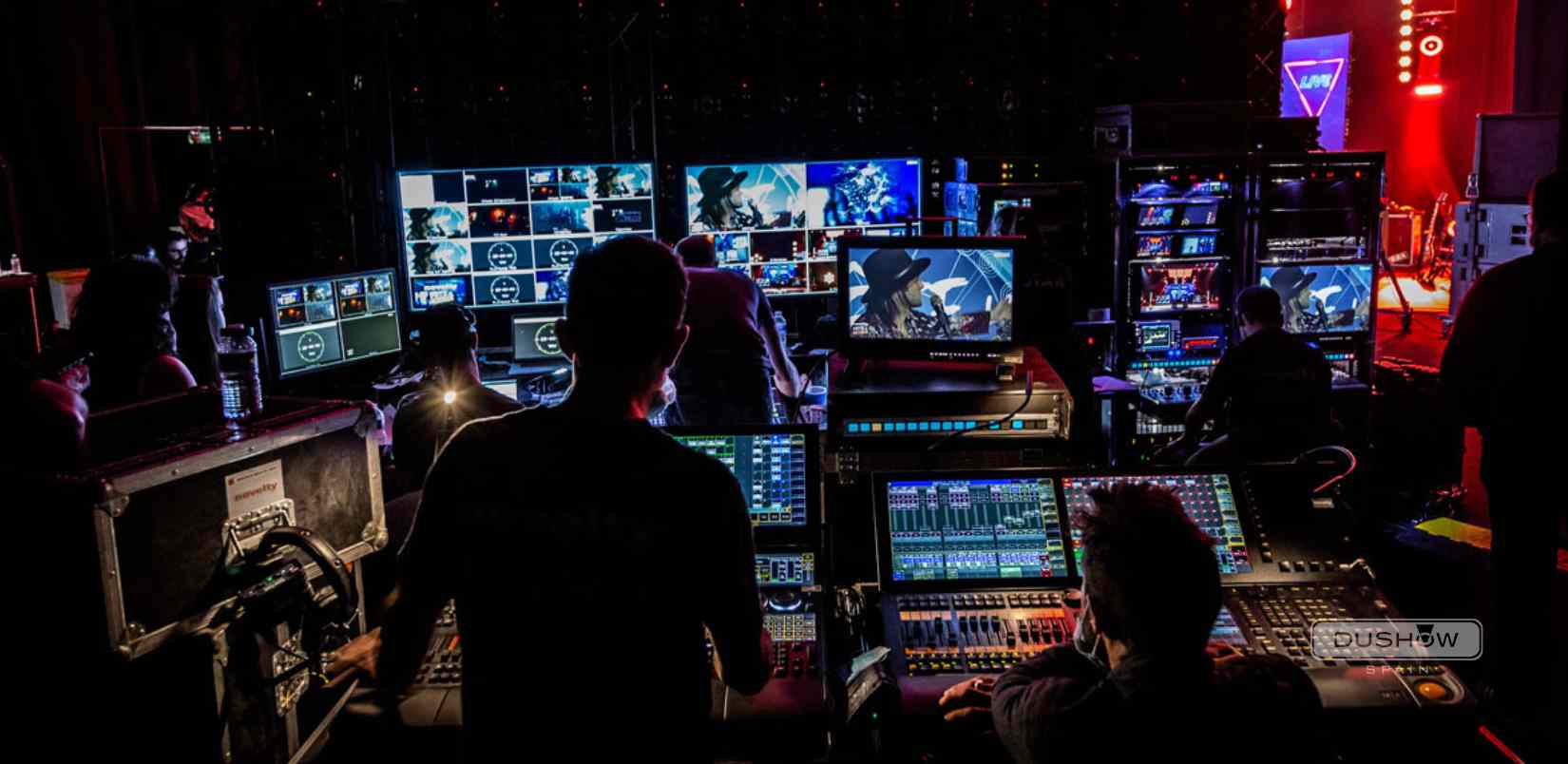Exactly How Manufacturing Business Change Concepts Into Compelling Visuals
The process by which manufacturing companies change abstract ideas right into compelling visuals is both complex and methodical, starting with the important phases of ideation and manuscript growth. As the job advances with pre-production, production, and post-production, each stage demands mindful focus to detail and alignment of artistic components.
Understanding the Creative Process
While the innovative process may vary dramatically from one production business to another, it typically involves an organized technique that stabilizes artistic vision with sensible execution. Originally, the procedure starts with ideation, where concepts are brainstormed and fine-tuned. During this stage, creative teams take part in conversations that discover styles, stories, and aesthetic designs, guaranteeing that the core message aligns with the desired target market.
Complying with ideation, the growth stage takes spotlight, where scripts, storyboards, and shot lists are diligently crafted. This stage is necessary as it converts abstract ideas right into tangible strategies, facilitating a smoother manufacturing procedure. The innovative group collaborates carefully, guaranteeing that every facet, from casting to area looking, reflects the creative intent.
Once pre-production ends, the execution stage starts, where the job is given birth to with shooting and editing. This phase needs a keen focus to detail, as the innovative vision is recognized via technical experience and artistic expression. Post-production even more fine-tunes the visuals and sound, culminating in a polished last product that resonates with the audience. Therefore, recognizing this organized imaginative procedure is vital for valuing exactly how manufacturing companies change concepts into compelling visuals.

The Role of Collaboration
How does cooperation boost the imaginative output of manufacturing business? At its core, collaboration is a crucial catalyst that fosters development and creative thinking within the production landscape.

Additionally, collaboration urges open interaction, which is vital for navigating the intricacies of production. It cultivates an ambience where comments is valued, enabling for iterative renovations and modifications that boost the end product. Inevitably, the collaborative spirit within production firms serves to change first concepts into engaging visuals that mesmerize customers, reinforcing the value of synergy in attaining check these guys out artistic excellence.
Pre-Production Essentials
Pre-production is a vital phase in the filmmaking process, commonly including five important actions that lay the groundwork for a successful manufacturing. The very first step includes script growth, where the movie script is improved, guaranteeing that the story is natural and engaging. This is complied with by budgeting, which develops the financial framework for the project, determining essential prices associated with cast, team, places, and devices.
The third action is casting, a crucial process that entails choosing the ideal stars to depict the characters authentically. A well-cast movie can considerably improve the story's impact. Next off, location searching is performed to locate suitable shooting sites that straighten with the vision of the task, taking into consideration logistical elements such as accessibility and authorizations.
Capturing the Vision in Production
In the vibrant setting of a movie collection, catching the vision in manufacturing requires thorough coordination and cooperation amongst all divisions. Each team, from cinematography to art instructions, plays an essential function in converting the movie script into aesthetic imagery that resonates with target markets. The supervisor's vision need to be efficiently interacted to make certain that every shot, angle, and lighting option straightens with the overarching narrative.
Cinematographers are tasked with choosing video camera devices and lenses that finest share the tale's tone, while manufacturing designers produce immersive settings that improve the aesthetic experience. Closet and make-up groups contribute by shaping characters through their find more information appearance, strengthening the narrative's themes.
Sound style and songs likewise enhance the visuals, establishing psychological context and increasing audience interaction. Daily coordination conferences and on-set interaction networks assist in real-time adjustments, guaranteeing that any type of imaginative subtleties are caught as they arise.
Eventually, capturing the vision in manufacturing is about integrating these varied elements to develop a natural and compelling aesthetic story. The collective initiative not only brings the script to life but also lays the structure for a powerful motion picture experience.
Post-Production: Refining the End Product
Post-production plays a vital role in fine-tuning the end product, changing the raw footage captured during production right into a sleek motion picture experience (production companies nashville tn). This phase encompasses a number of necessary procedures, consisting of editing, sound style, shade improvement, and visual impacts, each adding to the overall narrative and psychological influence of the film

Audio layout is equally important, including the enhancement of discussion, sound effects, and atmospheric audios that enrich the watching experience - production companies nashville tn. The cautious layering of audio elements helps check my source involve the audience in the story world
Color modification better improves aesthetic allure, adjusting tones and contrasts to produce a cohesive visual that aligns with the movie's state of mind. This action guarantees that each framework reverberates psychologically with visitors.
Verdict
To conclude, the improvement of ideas into engaging visuals demands an organized and collective approach within production firms. By prioritizing communication and coordination throughout the creative procedure-- from ideation and pre-production to manufacturing and post-production-- these business efficiently align different creative aspects with the narrative. This precise method not only improves narration yet also captivates target markets, inevitably resulting in immersive and engaging motion picture experiences that reverberate deeply with customers.